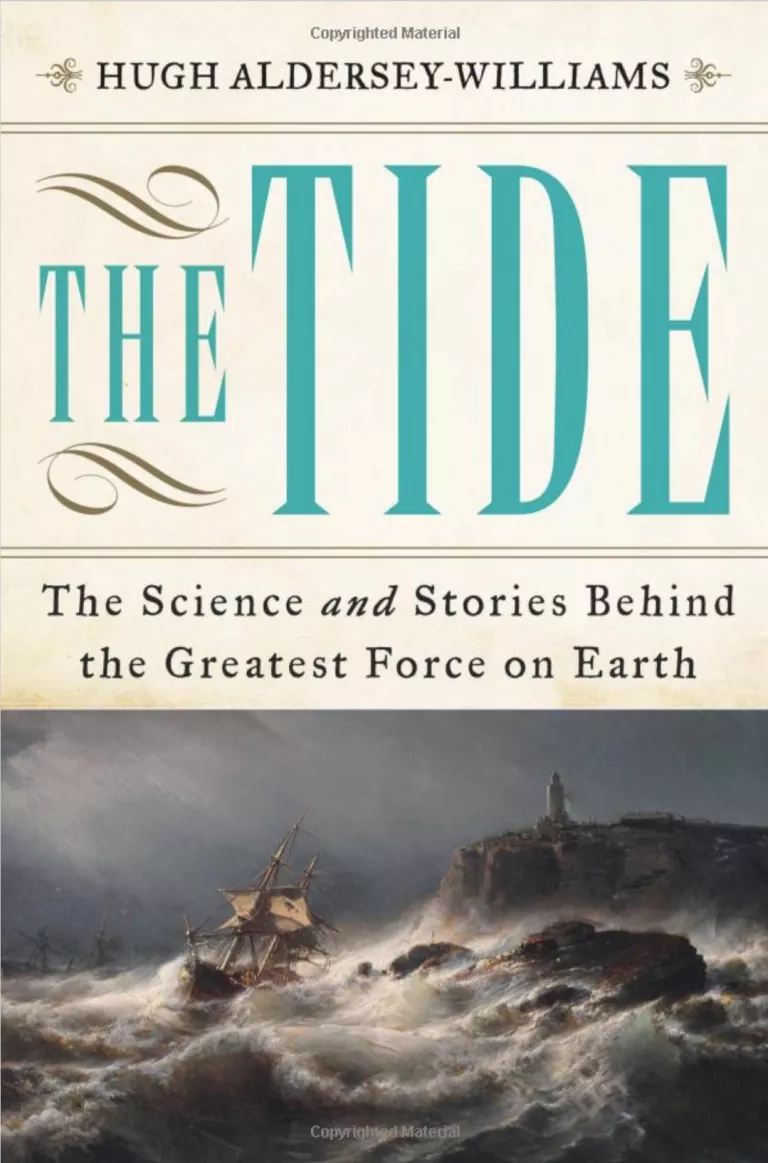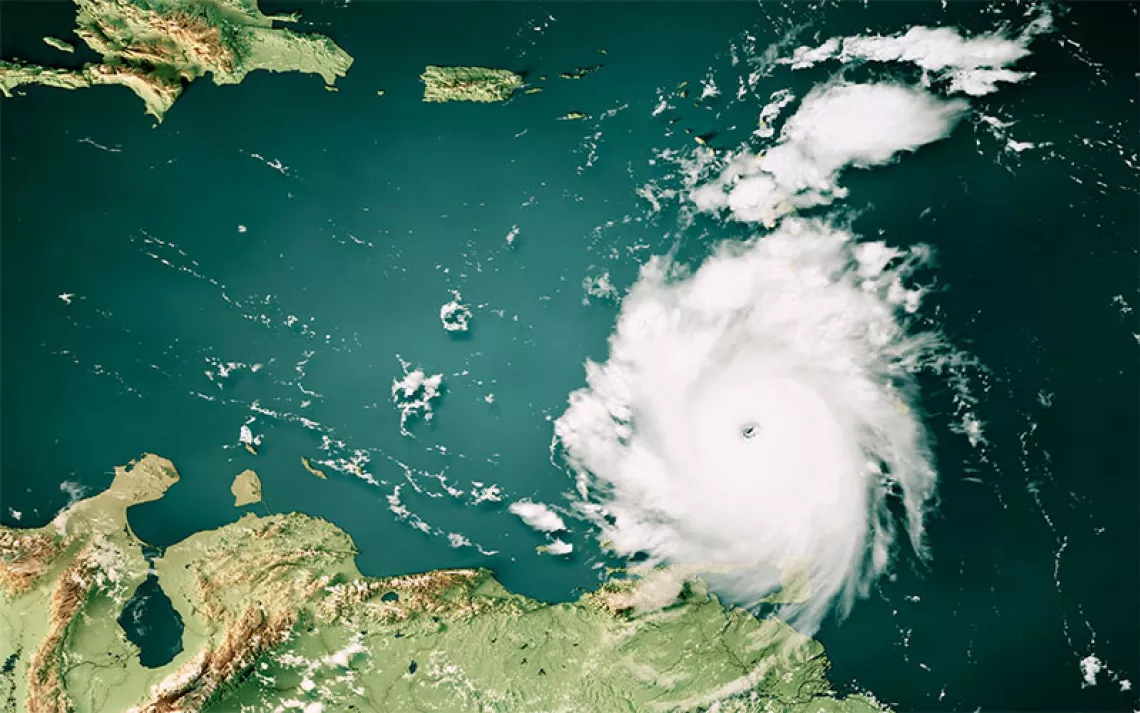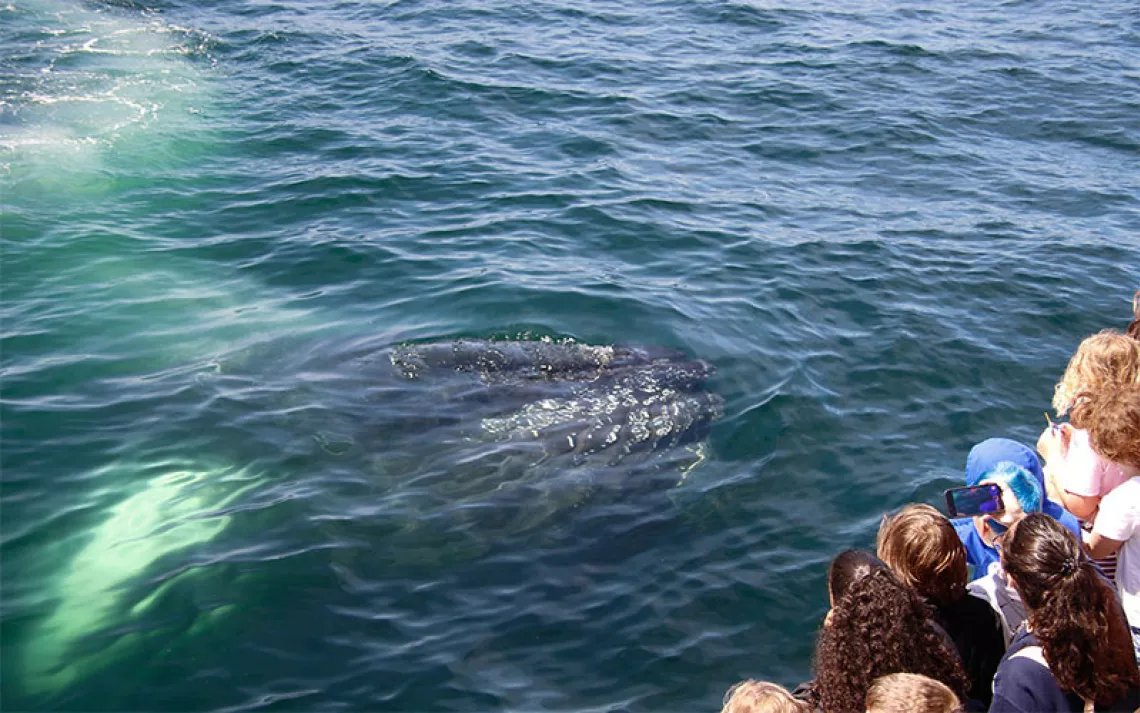The Art and Science of Tidology

Scientists are committed to discovering facts. Their quirky sense of humor, however, can take unusual forms—such as references to fiction in their most sober endeavors: When astronomers search for traces of life in a star’s planetary system, they narrow down their hunt to its “Goldilocks” zone, a place that is neither too hot nor too cold but just right for maintaining liquid water. Quarks originated in the drunken dream of a bar crawler in James Joyce’s Finnegan’s Wake, but since the 1960s have been more familiar as the colored yet invisible particles from which all matter is composed. Even science’s greatest hero of abstract rationality, Sir Isaac Newton, turned to Greek mythology, summoning up accounts of Jason and the Argonauts to provide evidence for his revised version of ancient chronology.
During the 18th century, Voltaire, the French playwright and writer on Newtonian physics, epitomized a style of scientific detective work through an imaginary character from Babylonia: a sleuth called Zadig. Voltaire had been inspired by an old Persian fairy tale about a prince of Sarendip (now known as Sri Lanka) who encountered on his travels a merchant distraught at the loss of his camel. “Was it blind, lame, ridden by a pregnant woman, carrying butter and honey, and missing a tooth?” inquired the prince. Although immediately accused of stealing the beast—how else could he have acquired such detailed knowledge?—the prince insisted that he had relied solely on his powers of observation and deduction. After citing crucial arguments about tufts of grass, crawling ants, buzzing flies, and uneven footprints, he was released as innocent. The prince’s feats survived in a long sequence of translations, and eventually, in 1747, Voltaire transformed him into Zadig. Replacing the camel with a dog and introducing a love story with a happy ending, Voltaire produced one of Enlightenment France’s most popular philosophical fables.
In his latest book, The Tide: The Science and Stories Behind the Greatest Force on Earth, the impressively prolific British writer Hugh Aldersey-Williams also blends fact and fiction in his survey of human attempts to measure the tides, and hence partially understand them. The scientific task is daunting: During a 13-hour sojourn observing a tidal cycle, he contemplated the near-impossibility of working out how fragments of a Norwegian fish crate and a Cyrillic bottle label had washed up on the Norfolk coast.
As King Cnut (the academic spelling of Canute) is said to have demonstrated on an English beach, tides are like the wind and the stars: They follow their own rules and are not subject to human control. Over the centuries, Zadig-style observers have accumulated masses of data describing the ever-changing patterns of their rise and fall, but unlike chemists or physicists, they can never re-create an identical set of circumstances to test their theories. By 725, the Venerable Bede had collected enough information from monasteries scattered around the British coast to detect a 19-year rhythmical pattern, and had measured a fall-back of 47.5 minutes in the time of high tide every day. But well over a millennium later, scientists are still unable to predict exceptional tides that arise as if from nowhere to wreak extensive damage.
As a result, practitioners of tidology—the label invented by William Whewell, a Victorian mathematical astronomer who also coined the far more enduring word “scientist”—sometimes draw on sources of information not normally deemed scientific: often from art and literature. The tides in Venice, for example, are 250 millimeters higher than 100 years ago, and environmentalists keen to protect the city from its ever-worsening floods need to differentiate between the effects of land subsidence and rising water levels. Although the city had no tide gauge in the 18th century, it did boast the artist Antonio Canaletto, who recorded the waterline bands of algae on canal-side buildings with near-photographic accuracy. By comparing more recent measurements, his painted testimony confirms that for centuries the sea level rose at 1.9 millimeters a year, but in 1930 shot up to 2.5. In contrast, some tidal levels have decreased. Sedimentary layers composing ancient rocks in Utah reveal that many millions of years ago, the moon was so close to the earth that massive tides of 50 meters affected the Archaean Ocean, covering much of the globe.
In contrast, serendipity intervened in 2013, when a scientist happened to spot imprints in a surface of laminated silt that had been newly exposed at the foot of a cliff face. Realizing that these traces were unusual, he persuaded his team to photograph them despite the lashing rain, fading light, and rising waters. A few days later, the spring tide obscured them forever, but the earliest hominin footprints outside Africa—perhaps of a family strolling along the beach—are now safely preserved as a digital image.
The modern approach to deciphering the tides is number crunching. During the 19th century, navigators on trading expeditions collected vast amounts of data, later supplemented by records from scientific observation posts around the world. To speed up the rate of processing, William Thomson (Lord Kelvin) invented his Tidal Harmonic Analyser, an analog computer designed as he put it “to substitute brass for brain in the great mechanical labor” of calculation. Since then, instruments for measuring and computing daily variations have become so sophisticated that the height of a tide can be predicted to the thickness of a thumbnail.
Paradoxically, this precision is of little help in forecasting what will actually happen. Most obviously, short-term weather effects can skew the results. But it also turns out that the oceans themselves are not level, so that local irregularities can be larger than any tide. Our mathematical abilities can be outshone by small creatures such as grunions: Californian fish so finely attuned to the rhythms of the tides that their predictive powers surpass those of human beings. Their breeding mechanisms correspond so closely to the tides that fertilized eggs can delay their hatching time if the normal cycle of events is disrupted (by unseasonably high winds, for example).
Diverting and thought-provoking, The Tide comprises an entertaining mixture of historical anecdote, simplified science, and personal reportage. Unfortunately, Aldersey-Williams and his publishers believe that references are off-putting—perhaps they believe, as Noel Coward put it, that reading footnotes is like going downstairs to answer the doorbell in the middle of making love. But without pointers to books and articles, how can intriguing snippets be pursued, such as the 4000-year-old tidal clock in Gujurat? Or Charles Lyell’s Temple of Serapis? Or the Norse custom of punishing criminals by tying them to a stake in the rising tide? The author has clearly enjoyed romping through the centuries, but limits his readers’ ability to follow suit.
Global warming has alerted scientists that unsuspected mysteries remain about the tide. How will small changes in ocean depths caused by climate change affect future tidal patterns? Could Hamburg be flooded while Dublin ceases to be a tidal port? Cnut taught us that even Britannia cannot rule the waves. As Aldersey-Williams concludes, “managed retreat” may be our only option when the waters invade our coastal settlements.
 The Magazine of The Sierra Club
The Magazine of The Sierra Club



